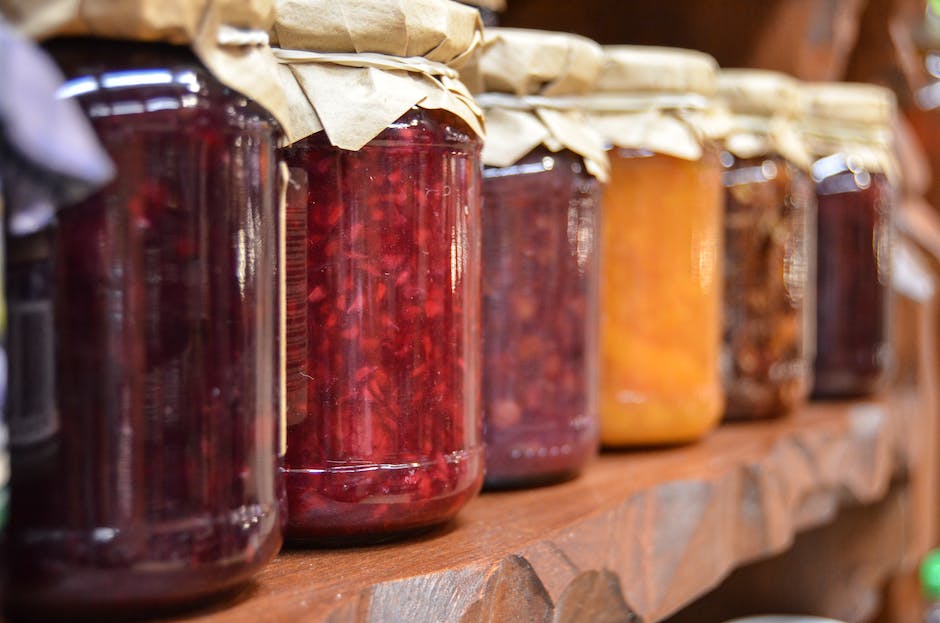Preserving Our Past and Protecting Our Future
As a traveler and lover of the world, I believe it is essential to protect our past and ensure a future for our planet. Historic preservation and environmental preservation are two sides of the same coin – one ensuring the survival of our culture and history, the other ensuring the sustainability of our planet.
What is Historic Preservation?
Historic preservation is the act of protecting, preserving, and maintaining historic sites, buildings, and monuments. In the United States, it is a systematic process that involves research, evaluation, and advocacy. This process is important for understanding our past and helps to ensure that future generations will have access to the same places and stories.
When it comes to preserving a site, there are a few different approaches that can be taken. The first is to simply prevent any changes from being made to the site. This is called “preservation in place” and is the most common form of historic preservation. The second approach is to “rehabilitate” the site, which can involve making repairs, restoring the building to its original condition, or creating new uses for the space. The third approach is to “adaptively reuse” the site, which can involve repurposing the building for a different use, such as transforming a former factory into a museum.
How Can I Get Involved in Historic Preservation?
There are a number of ways to get involved in historic preservation. One way is to volunteer with local preservation organizations. These organizations often have volunteer programs that involve cleaning and restoring historic sites, researching the history of sites, and advocating for preservation.
Another way to get involved is to support preservation efforts financially. Many preservation organizations rely on donations from individuals and organizations, and these donations help to preserve and protect historic sites.
Finally, you can also get involved by simply visiting historic sites. Visiting and learning about a historic site can help to raise awareness and appreciation for the site and its history.
What is Environmental Preservation?
Environmental preservation is the practice of protecting and conserving the natural environment. This includes protecting natural habitats, preserving wildlife, and ensuring sustainable use of natural resources.
Environmental preservation is important for a variety of reasons. It helps to protect and preserve our planet’s biodiversity, which is essential for healthy ecosystems. It also helps to protect our planet’s resources, such as water, soil, and air, which are essential for life on Earth. Finally, it helps to reduce the impact of climate change by reducing our dependence on fossil fuels and promoting renewable energy sources.
How Can I Get Involved in Environmental Preservation?
There are a number of ways to get involved in environmental preservation. One way is to reduce your carbon footprint by using less energy and water, reducing waste, and using more sustainable products.
Another way is to volunteer with local environmental organizations. These organizations often have volunteer programs that involve cleaning up local parks, planting trees, and educating others about the importance of environmental preservation.
Finally, you can also get involved by simply visiting natural areas. Visiting and learning about a natural area can help to raise awareness and appreciation for the environment and its inhabitants.
The Big Picture
Preserving our past and protecting our future is essential for the health of our planet and our society. Historic preservation and environmental preservation are two sides of the same coin, and both are important for ensuring a sustainable future. There are a number of ways to get involved in both historic and environmental preservation, from volunteering and donating to simply visiting and learning about sites. So, the next time you’re looking for a way to make a difference, consider how you can help to preserve our past and protect our future.




